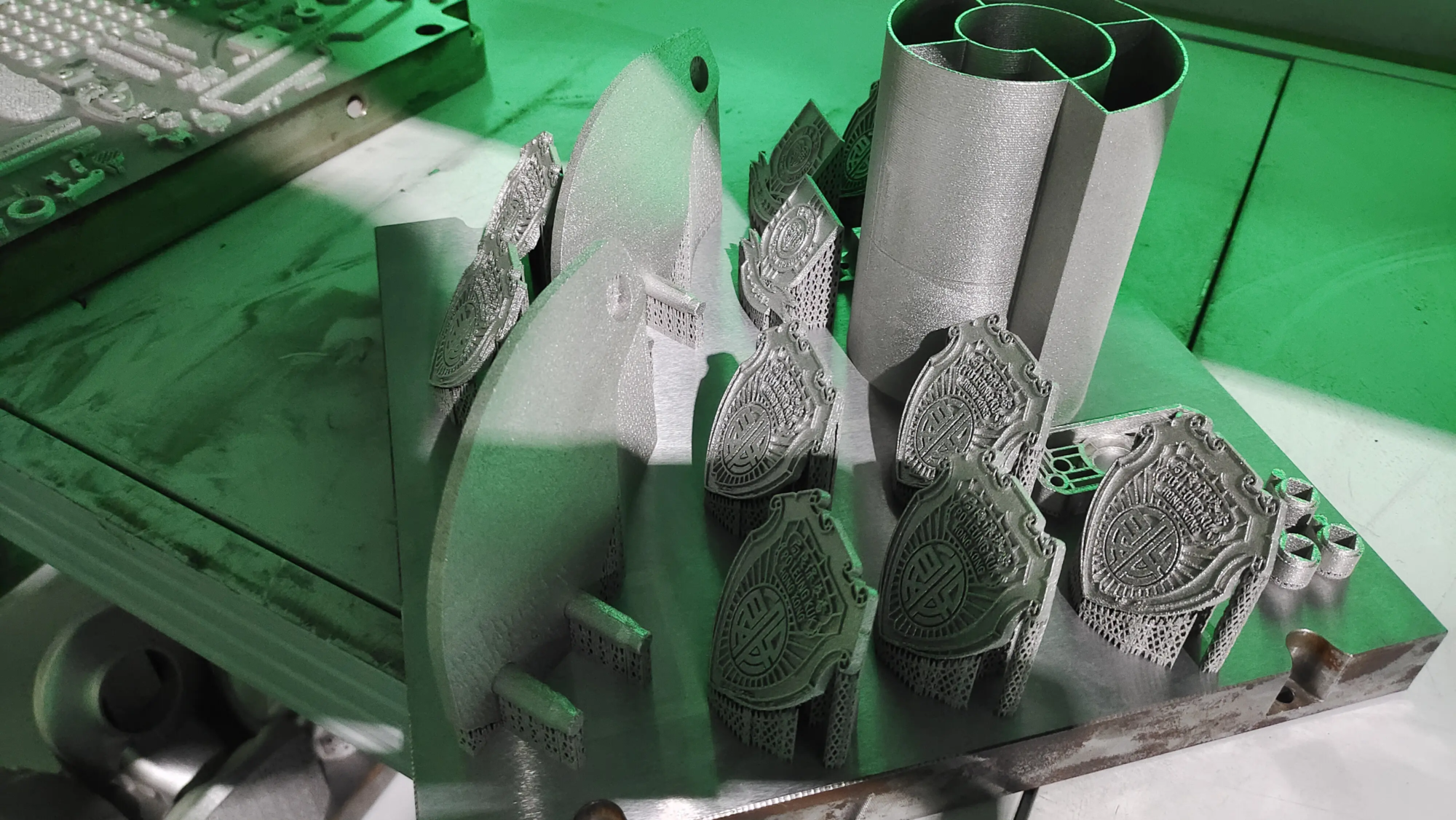On October 24, 2024, according to the Resource Library, researchers at the Massachusetts Institute of Technology (MIT) made a significant breakthrough in the field of electronics manufacturing: they used full 3D printing technology to create active electronics that does not require semiconductor materials. Equipment components. This groundbreaking research, published in a new issue of the journal Virtual and Physical Prototyping, opens new avenues for future electronics manufacturing.
The team printed these devices without semiconductors using a common 3D printer and low-cost biodegradable materials. Although these devices are not yet powerful enough to compete with traditional semiconductor transistors, they can perform some basic control tasks, such as regulating the speed of electric motors.
During the experiment, the team discovered that polymer filaments doped with copper nanoparticles exhibit a particular phenomenon: when a large current is passed through, the material exhibits a significant increase in resistance and once the power supply cut off, its resistance quickly returns to its initial value; the initial state. This property allows engineers to create switches similar to transistors, typically associated with semiconductor materials such as silicon.
The research team also attempted to replicate this phenomenon with other 3D printing materials, such as polymer materials doped with carbon, carbon nanotubes, and graphene, but ultimately failed to find another printable material capable of achieving this resettable fuse function.
The researchers hypothesize that when the material is heated by an electric current, the copper particles inside disperse, causing a sharp increase in resistance. When the material cools, the copper particles come together again and the resistance is restored. In addition, the polymer substrate changes from a crystalline state to an amorphous state when heated and recrystallizes after cooling, a phenomenon known as the positive temperature coefficient effect of polymers.
The research team took advantage of this phenomenon and successfully printed switches that could be used to build logic gates without semiconductors in a single step. The devices are constructed from thin 3D-printed lines of copper-doped polymer, with intersecting conductive zones that allow researchers to adjust the resistance by controlling the input voltage. Additionally, polymer yarns can be incorporated with other materials, such as magnetic particles, to give more functionality to the device.
In the future, the research team hopes to use this technology to print fully functional electronic devices. Their goal was to create a fully functional magnetic motor using extrusion 3D printing. Additionally, they plan to further optimize the process, fabricate more complex circuits, and explore the performance limits of these devices.





